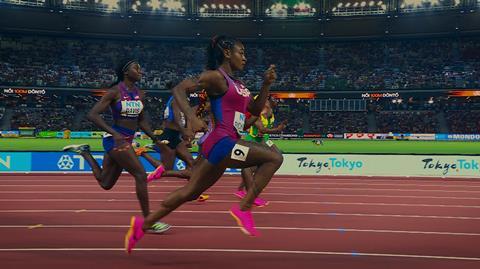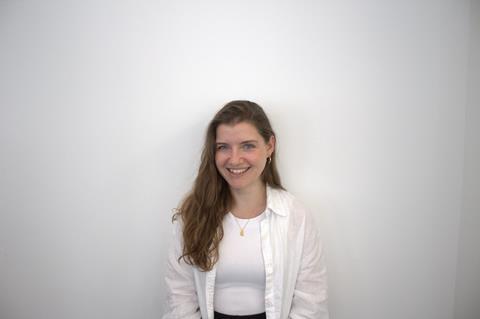Eva El Khoury, account manager at The PHA Group, explains the state of play for gender equality at Paris 2024

Following a controversial opening ceremony, it’s safe to say the Paris 2024 Olympics got off to a rocky start. A scene that was meant to celebrate diversity and artistic freedom, instead caused offence to some of the Christian community as a suspected parody of The Last Supper, representing a stronger need for transparency and sensitivity when it comes to media representation from the get-go.
Although it is positive to see milestones towards creating a more gender-balanced sports programme being achieved this year too, with more female athletes than ever before competing in the games and 28 out of 32 sports reaching full gender equality, broadcasters continue to be under a lot of scrutiny. The numbers speak for themselves, but what will speak volumes is the consistency of women’s events being spotlighted in equal proportion to the men’s events over the full 16 days, and exactly how and when they are represented.
We’ve already seen Simone Biles make gymnastic history as she became the first ever woman to land the hardest vault in history, leading the USA team to Gold, and Egypt’s Nada Hafez competing in the women’s individual sabre competition seven months pregnant, representing the unique and subjective experiences women face in the world of sport, all worthy of note and recognition.
It’s also interesting to look behind the scenes. Just 13% of elite coaches are women in comparison to the 48% of women athletes competing, highlighting a need for more representation and opportunity among elite coaches. It’s promising that the IOC are creating initiatives such as WISH (the Women in Sport High Performance Pathway) to create more opportunities for women to get into coaching, which has seen 100 women graduating from the programme, with 10 of them coaching at Paris 2024.
Reportedly the IOC are also working with International Federations to increase the number of female referees and judges, with tennis, triathlon, canoeing, sailing and hockey reaching an equal split of 50% female representation at Paris 2024. However, when you consider the breadth of sporting events, there is still a way to go when it comes to gender parity. That said, the gender gap across leadership positions within the IOC is closing. As of July 2024, women make up 42.3% of IOC membership, up from 21% in 2013. This is a massive step forward, as it means key decisions made at the top, which are more balanced than ever, will influence how the games play out schedule and visibility wise.
For example, for the first time since its introduction to the Olympic programme in 1984, the women’s marathon will take place a day after the men’s event and will conclude the athletics programme, showcasing the performance of women at a key moment where there will likely be a spike of viewers ahead of the Closing Ceremony. The marathon route also pays tribute to the historic Women’s March of 1789 from Paris to Versailles during the French Revolution, making even more impact when it comes to celebrating the historical strides made in gender equality to date.
When considering key decision makers media wise, journalists accredited to be on the ground at the Olympics have a significant role in shaping the media narrative when it comes to fair representation. Surprisingly, only 22% of journalists at Tokyo 2020 were female, suggesting a wider issue of how women are under-represented in sports media more generally.
Despite the Paris 2024 Olympic Games making history with the most balanced split of athletes competing than ever before, sporting bodies and international federations need to continue the work behind the scenes to ensure women are represented in a variety of roles – including coaches, referees, commentators, journalists and more to ensure ongoing progress is made on and off the field of play.

Eva El Khoury is an account manager at The PHA Group





No comments yet